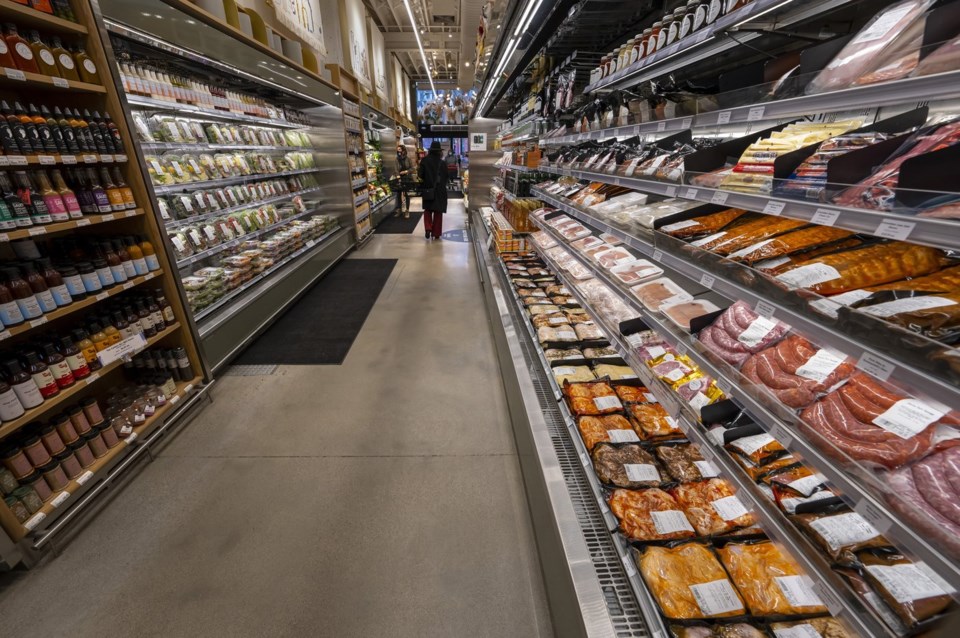OTTAWA — Statistics Canada says the level of food insecurity increased in 2022 as inflation hit peak levels.
In a report using data from the Canadian community health survey, the agency says 15.6 per cent of households experienced some level of food insecurity in 2022 after being relatively stable from 2017 to 2021.
The reading was up from 9.6 per cent in 2017 and 11.6 per cent in 2018.
Statistics Canada says the prevalence of household food insecurity was slightly lower and stable during the pandemic years as it fell to 8.5 per cent in the fall of 2020 and 9.1 per cent in 2021.
In addition to an increase in the prevalence of food insecurity in 2022, the agency says there was an increase in the severity as more households reported moderate or severe food insecurity.
It also noted an increase in the number of Canadians living in moderately or severely food insecure households was also seen in the Canadian income survey data collected in the first half of 2023.
This report by The Canadian Press was first published Oct 16, 2024.
The Canadian Press



